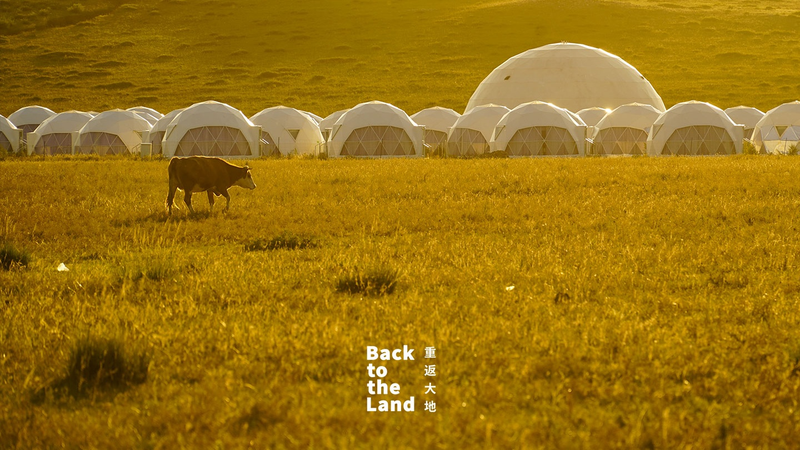The Ulanqab grasslands in the Chinese mainland stretch as far as the eye can see, where rolling hills meet open sky in a seamless horizon. Here, the rhythm of life in herds shapes daily routines and tells stories as old as the land itself.
A Symphony on the Steppe
At dawn, shepherds' whistles carry across lush fields as herds of cattle, sheep and nomadic horses graze in unison. Their movements create patterns on the grasslands, a living tapestry woven by nature and nurtured by human care. The air is punctuated by the calls of shepherds coordinating their flocks, blending seamlessly with the lowing of cattle and the bleats of sheep.
Traditions that Sustain
Animal husbandry in Ulanqab is more than a livelihood—it’s a tradition passed down through generations. Time-tested grazing methods help maintain the health of the soil, foster biodiversity and ensure that these vast grasslands remain resilient against climate challenges.
Immersive Travel and Connection
For young global citizens and digital nomads, Ulanqab offers an immersive gateway into sustainable travel. Visitors can join local herders for a day on horseback, sleep in traditional tents and learn firsthand how community and nature thrive side by side.
Why It Matters
In an age of rapid urbanization, the Ulanqab grasslands remind us of the delicate balance between human activity and the environment. By celebrating the harmony of shepherds and herds, we gain insight into sustainable practices that can inspire global conversations on conservation and cultural preservation.
From its living symphony to its timeless strength, the rhythm of life in Ulanqab’s herds offers a powerful story of resilience, community and connection.
Reference(s):
cgtn.com




